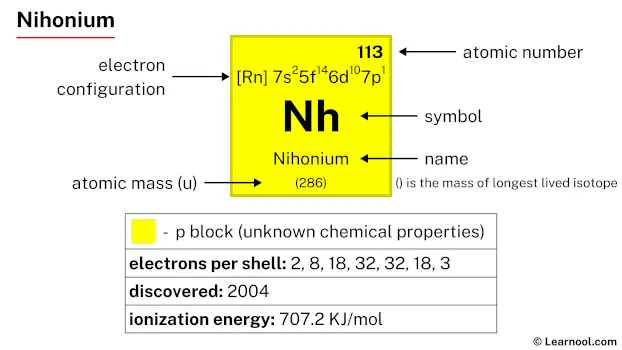
Nihonium (Nh) is a chemical element of the periodic table, located in the group 13 and the period 7, and has the atomic number 113. Its name comes from the word “nihon”, the common Japanese name for Japan. It is a transuranium element and is counted as one of the radioactive elements. It is a member of the boron group.
On periodic table
| group | ⇨ | 1 | 2 | 3 | 4 | 5 | 6 | 7 | 8 | 9 | 10 | 11 | 12 | 13 | 14 | 15 | 16 | 17 | 18 |
| period | ⇩ | ||||||||||||||||||
| 1 | 1 H 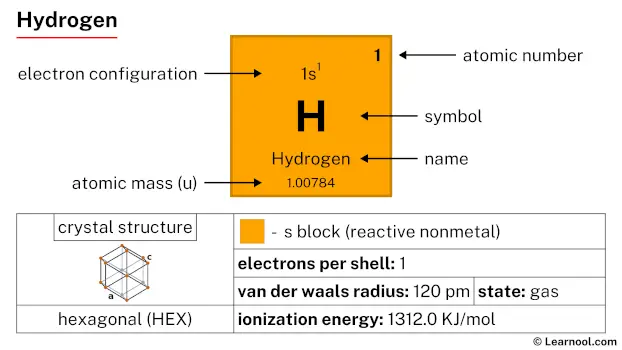 Hydrogen |
2 He  Helium |
|||||||||||||||||
| 2 | 3 Li  Lithium |
4 Be 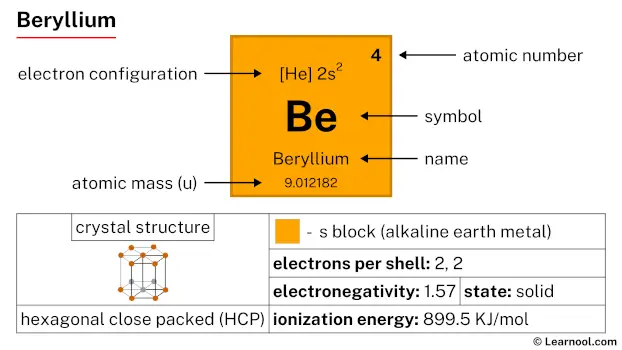 Beryllium |
5 B 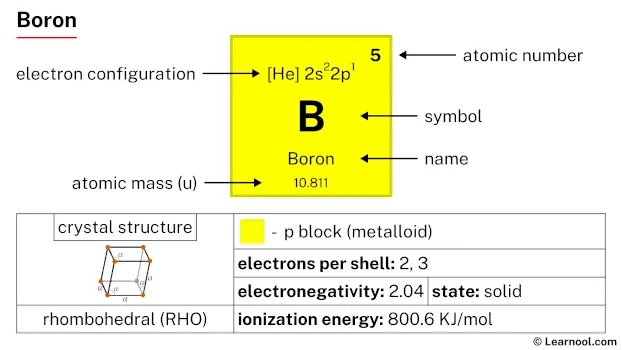 Boron |
6 C  Carbon |
7 N 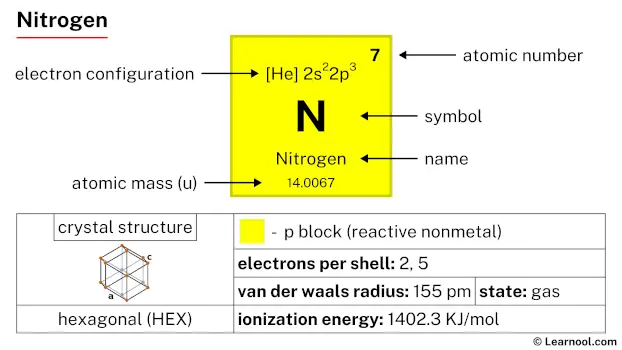 Nitrogen |
8 O 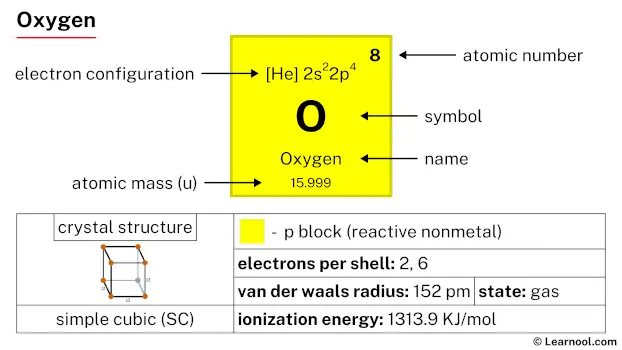 Oxygen |
9 F 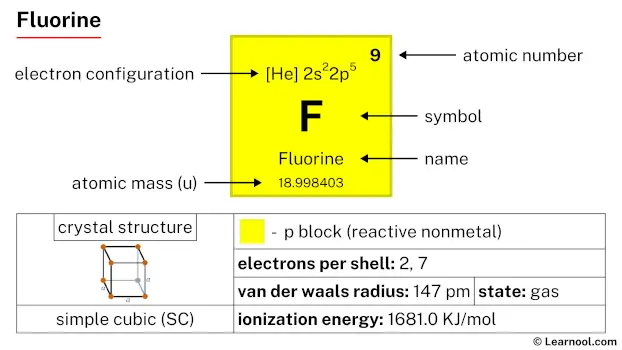 Fluorine |
10 Ne 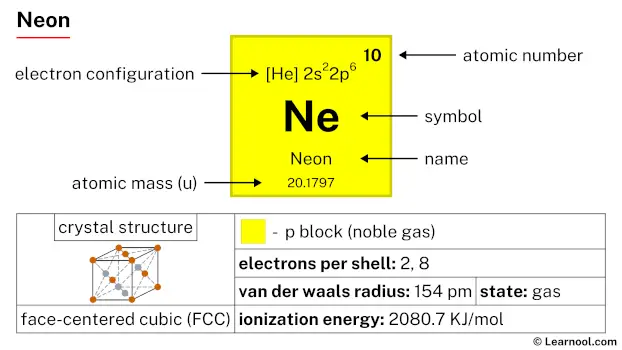 Neon |
|||||||||||
| 3 | 11 Na 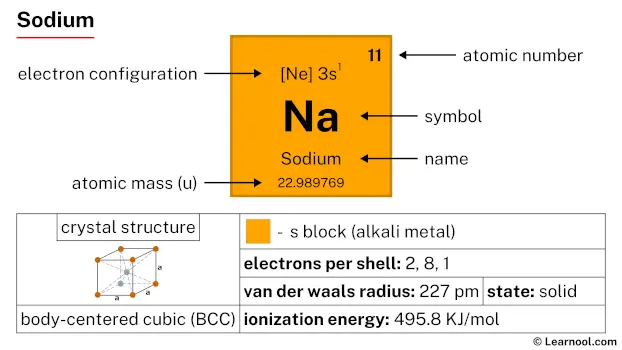 Sodium |
12 Mg 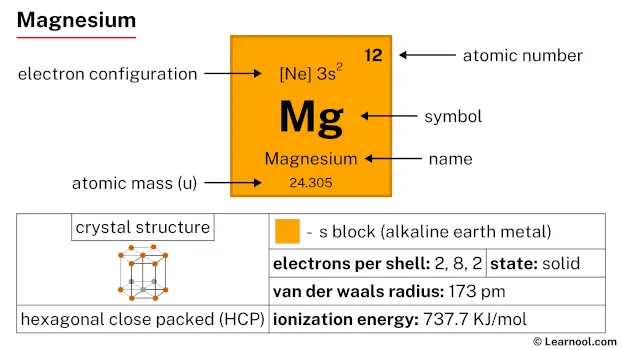 Magnesium |
13 Al  Aluminium |
14 Si Silicon |
15 P 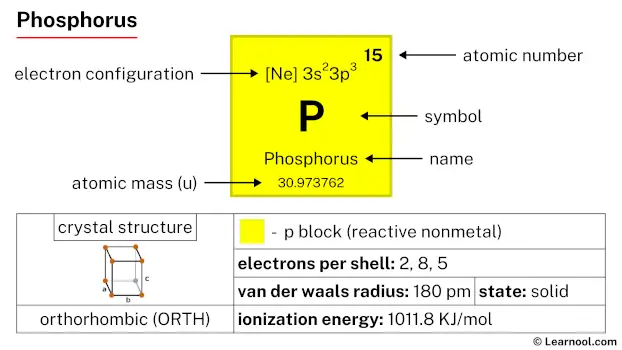 Phosphorus |
16 S 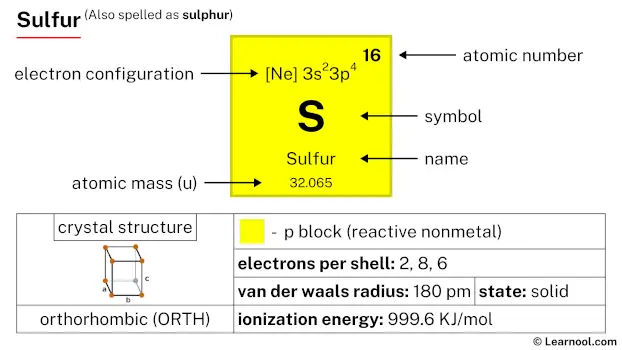 Sulfur |
17 Cl 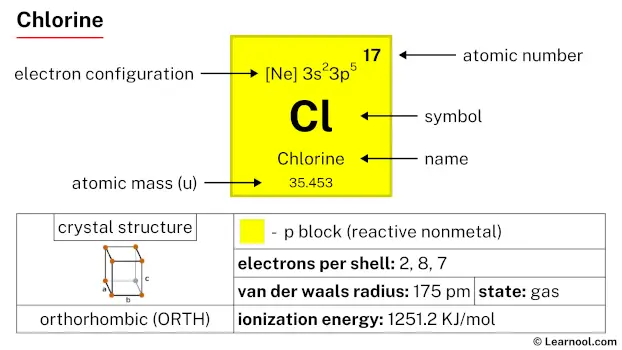 Chlorine |
18 Ar 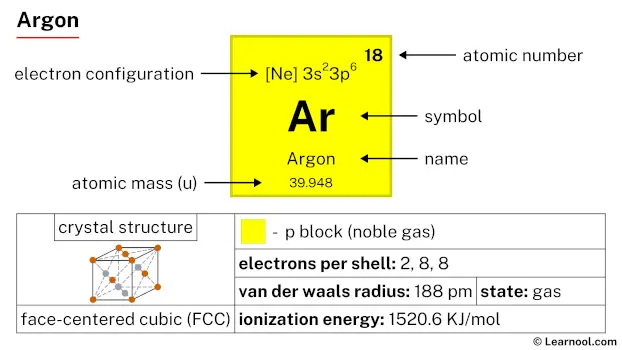 Argon |
|||||||||||
| 4 | 19 K 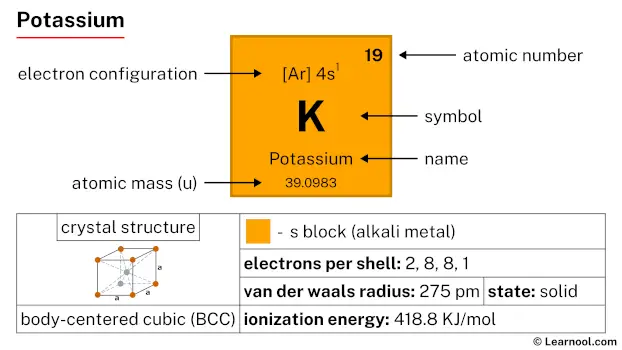 Potassium |
20 Ca 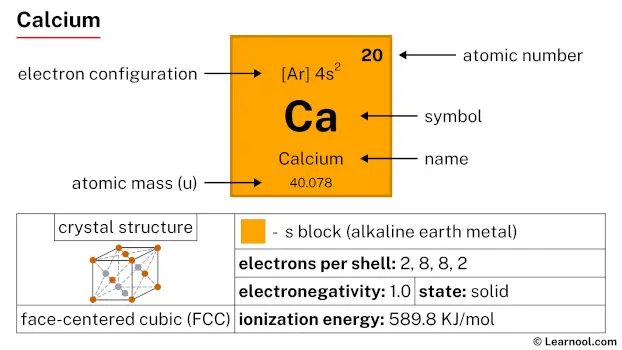 Calcium |
21 Sc 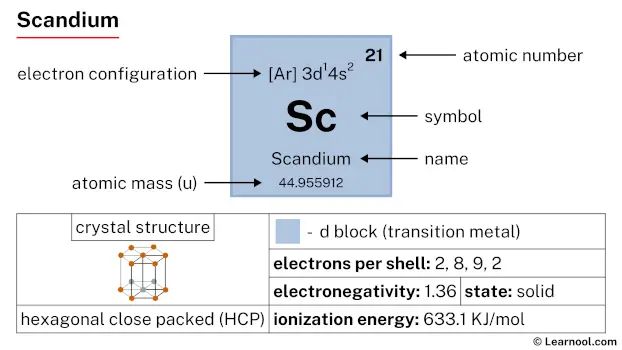 Scandium |
22 Ti 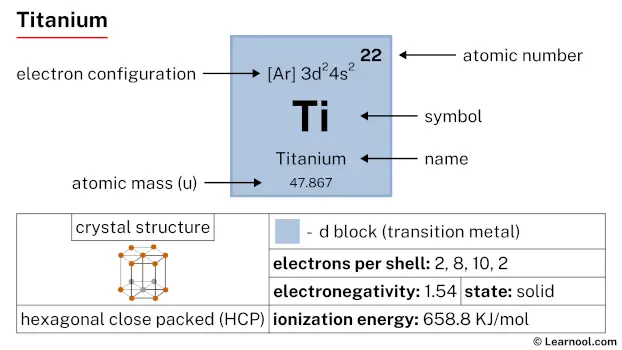 Titanium |
23 V 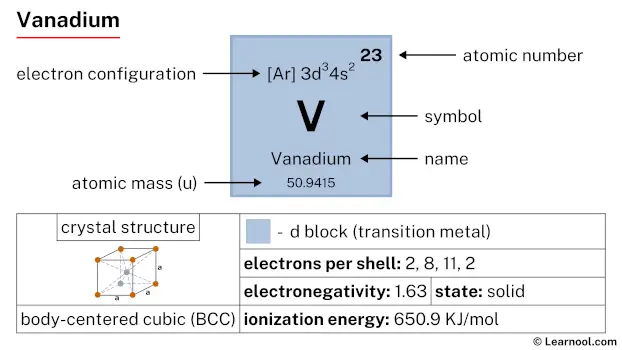 Vanadium |
24 Cr 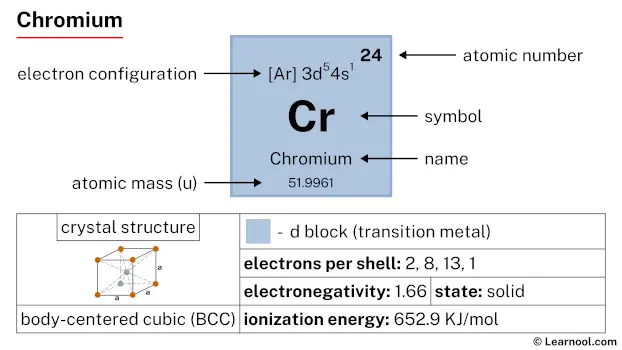 Chromium |
25 Mn 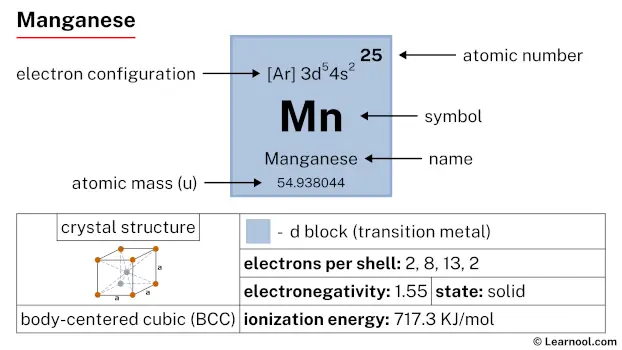 Manganese |
26 Fe 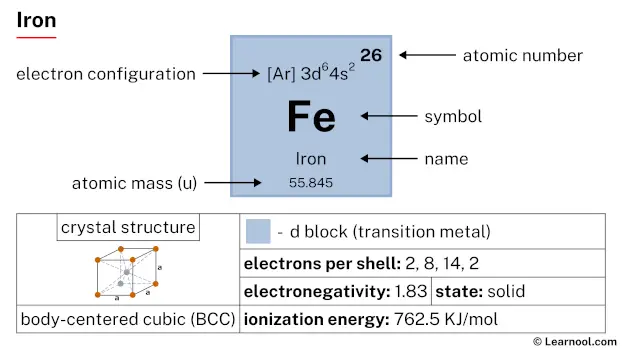 Iron |
27 Co 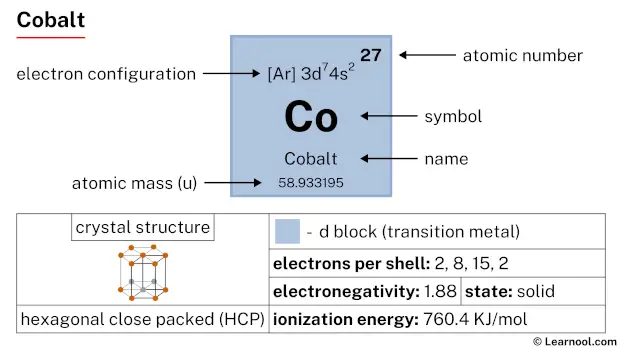 Cobalt |
28 Ni 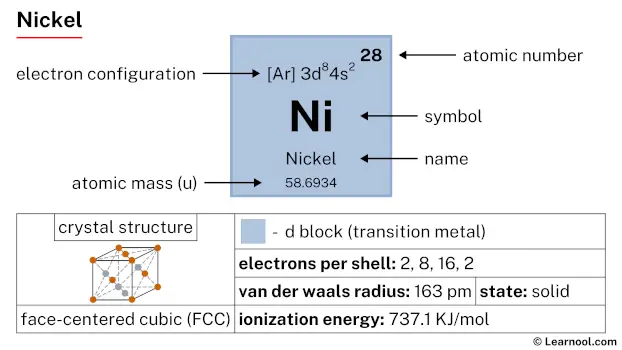 Nickel |
29 Cu 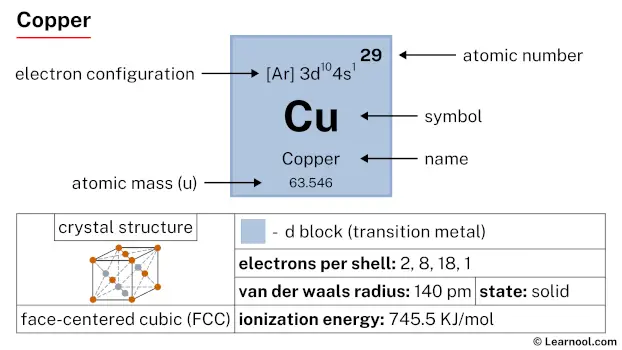 Copper |
30 Zn  Zinc |
31 Ga 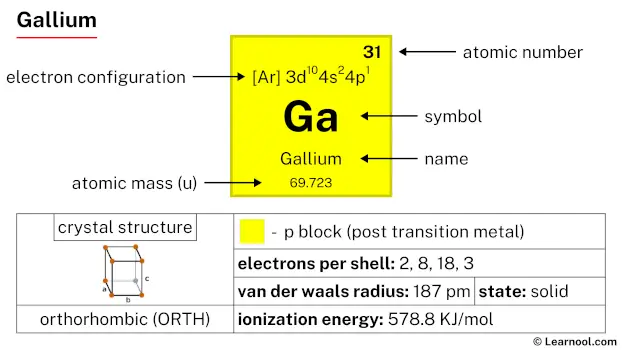 Gallium |
32 Ge 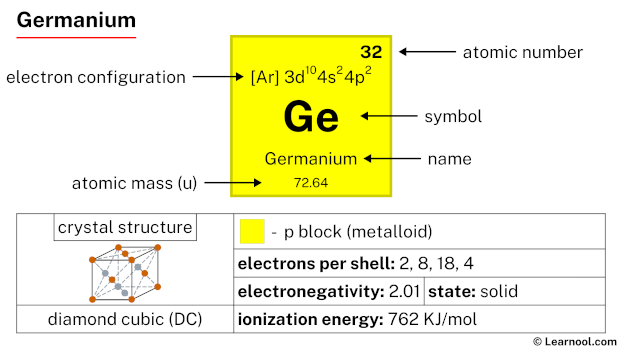 Germanium |
33 As 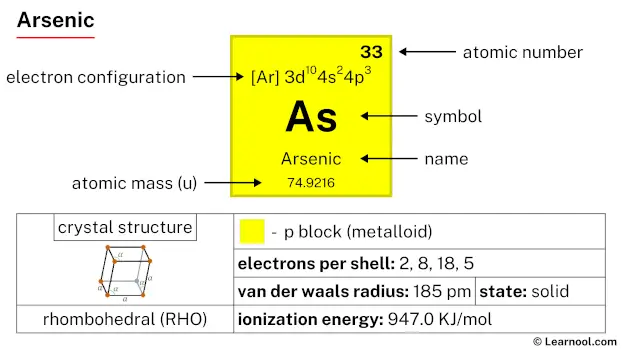 Arsenic |
34 Se 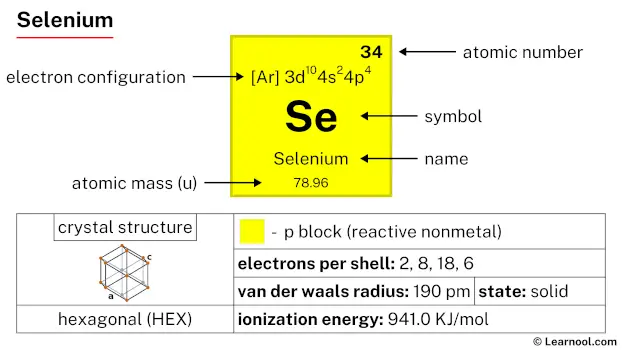 Selenium |
35 Br 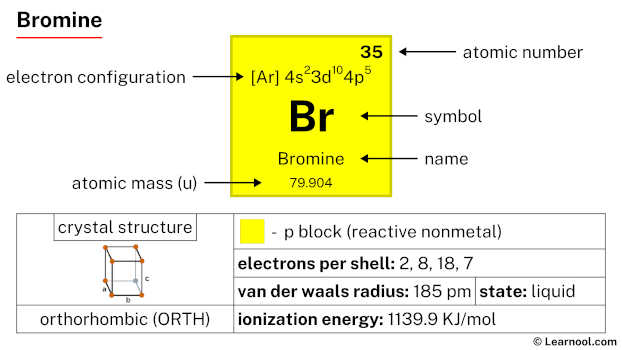 Bromine |
36 Kr  Krypton |
|
| 5 | 37 Rb 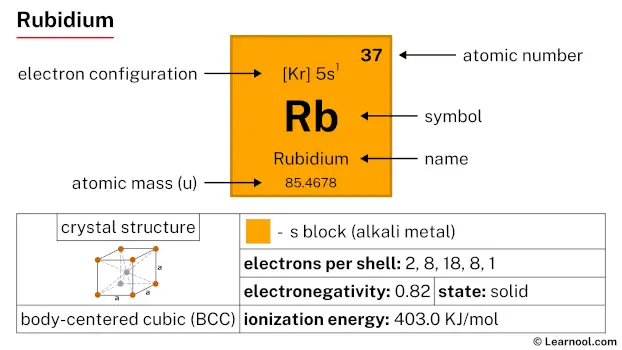 Rubidium |
38 Sr 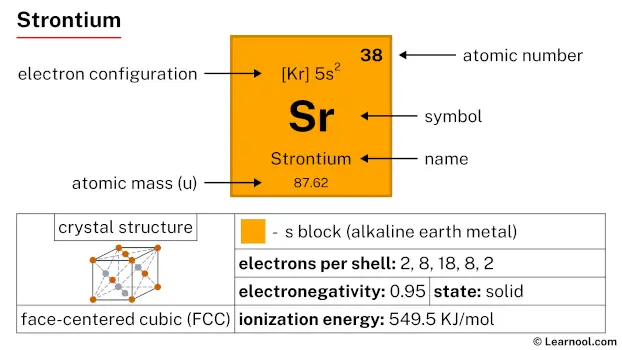 Strontium |
39 Y 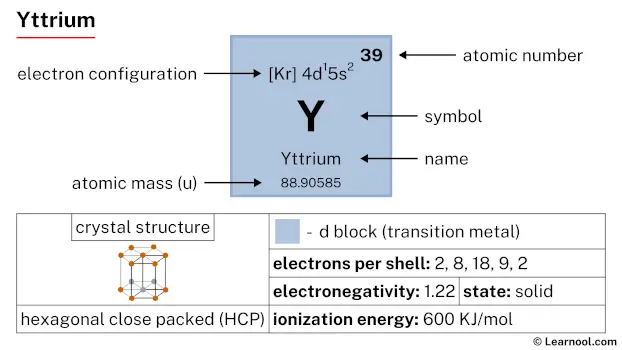 Yttrium |
40 Zr 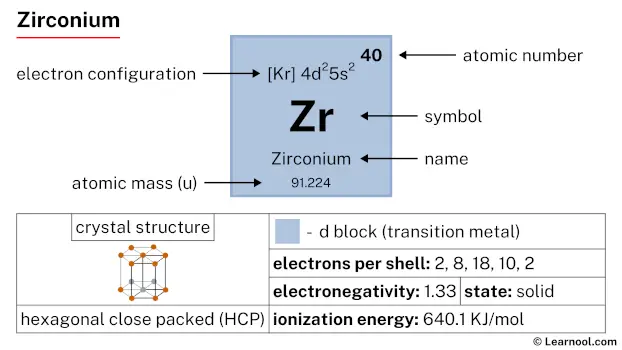 Zirconium |
41 Nb 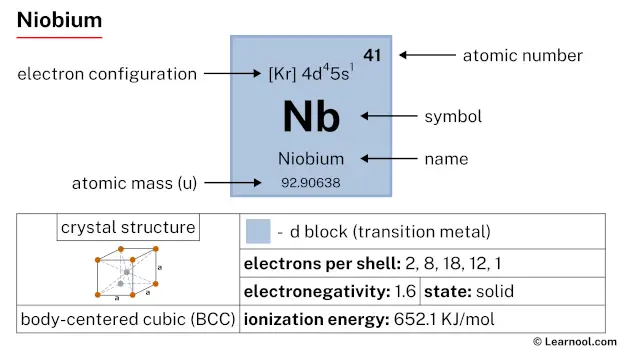 Niobium |
42 Mo 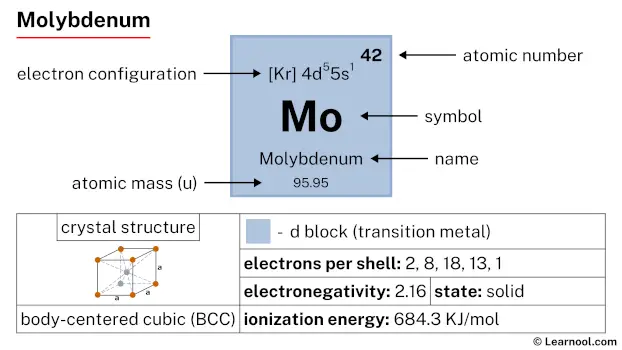 Molybdenum |
43 Tc 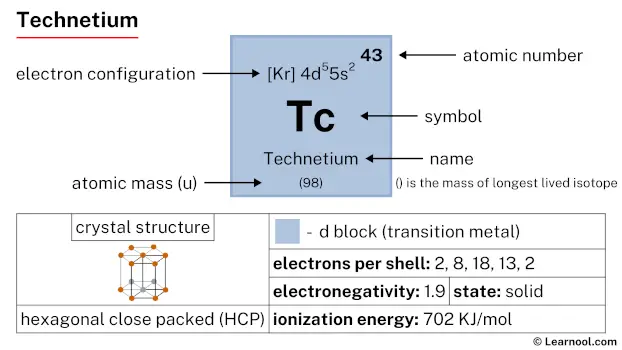 Technetium |
44 Ru 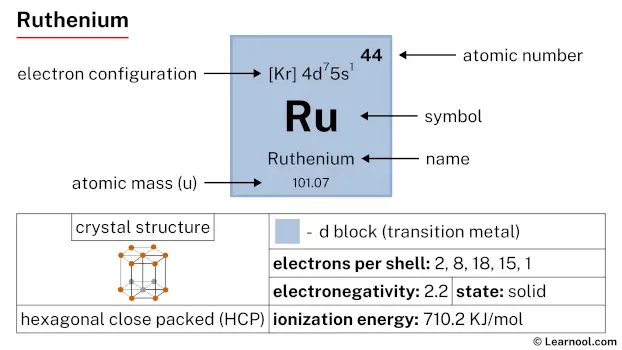 Ruthenium |
45 Rh 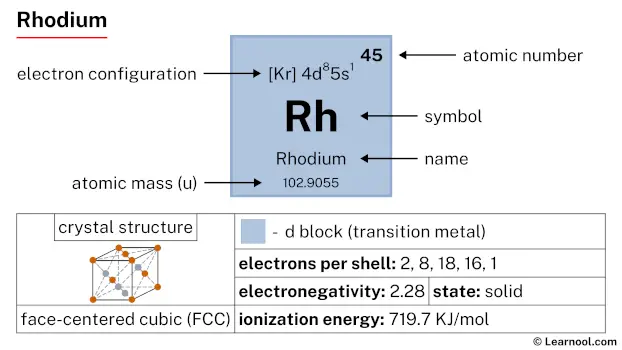 Rhodium |
46 Pd  Palladium |
47 Ag  Silver |
48 Cd 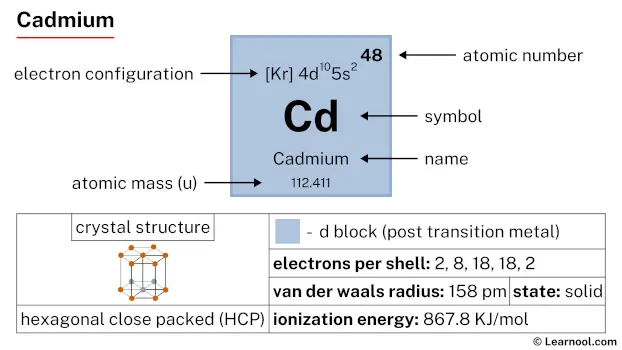 Cadmium |
49 In 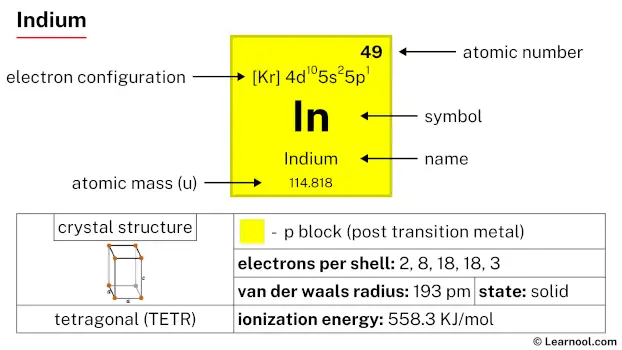 Indium |
50 Sn 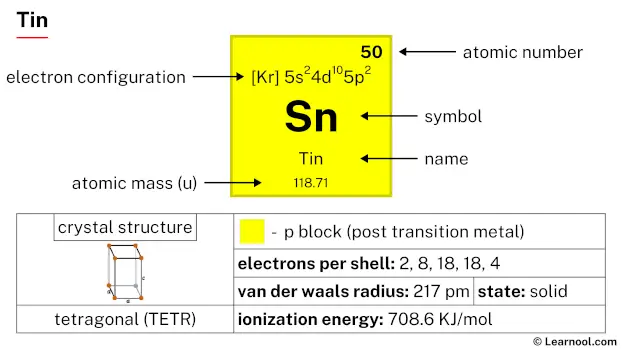 Tin |
51 Sb 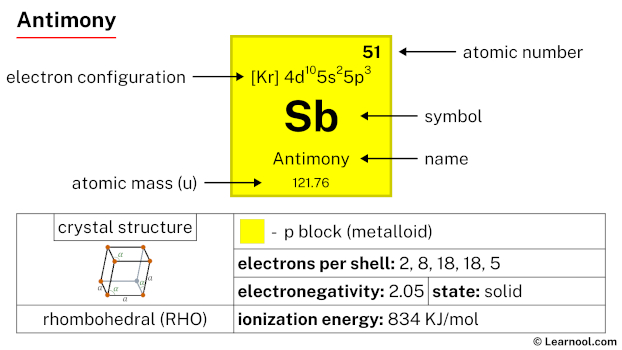 Antimony |
52 Te 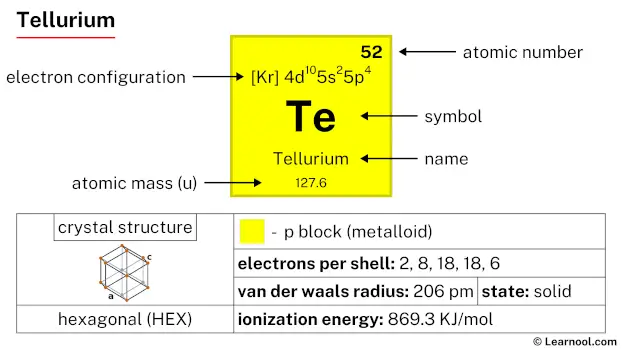 Tellurium |
53 I 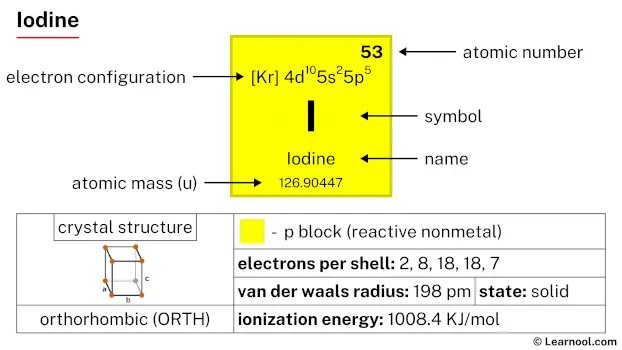 Iodine |
54 Xe 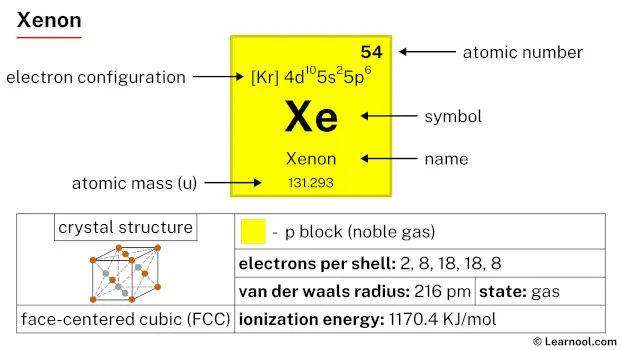 Xenon |
|
| 6 | 55 Cs 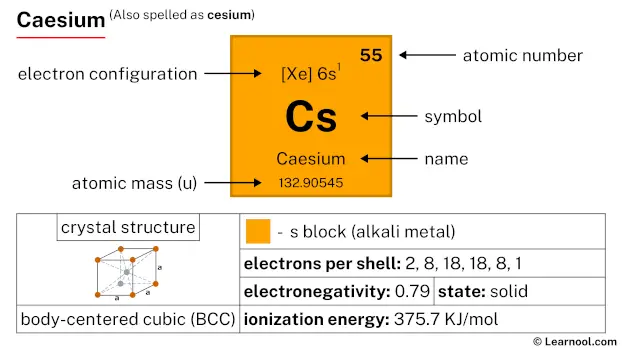 Caesium |
56 Ba 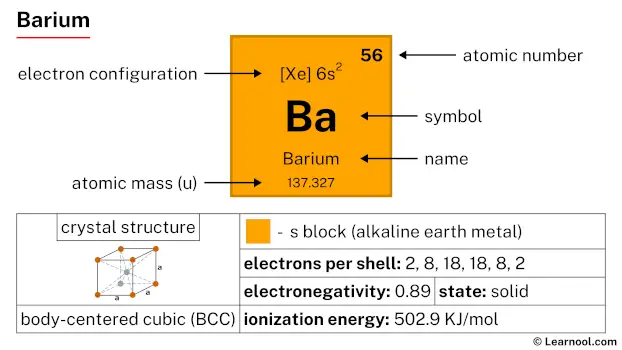 Barium |
72 Hf 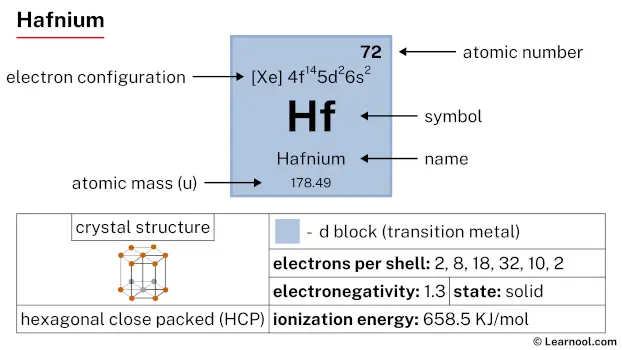 Hafnium |
73 Ta 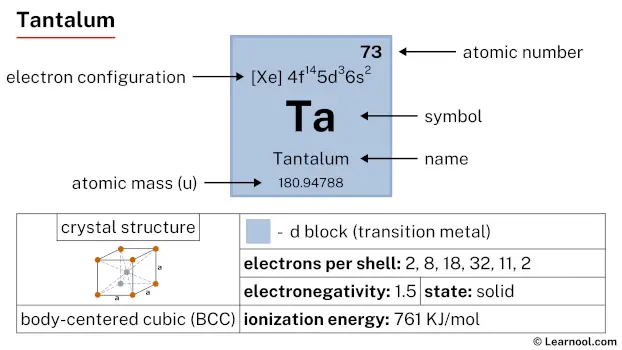 Tantalum |
74 W 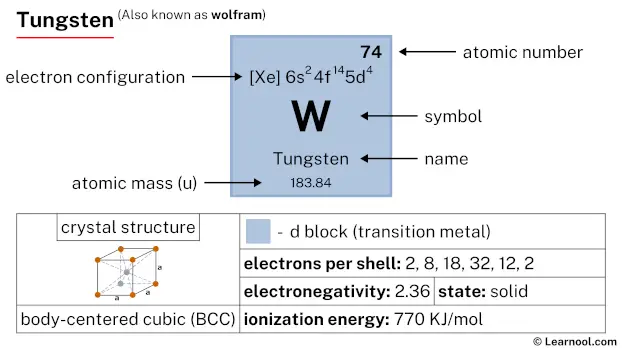 Tungsten |
75 Re 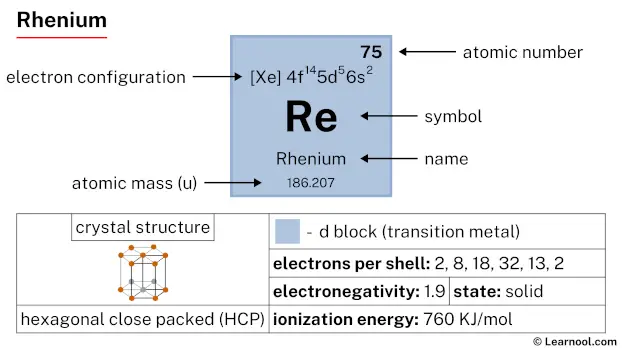 Rhenium |
76 Os 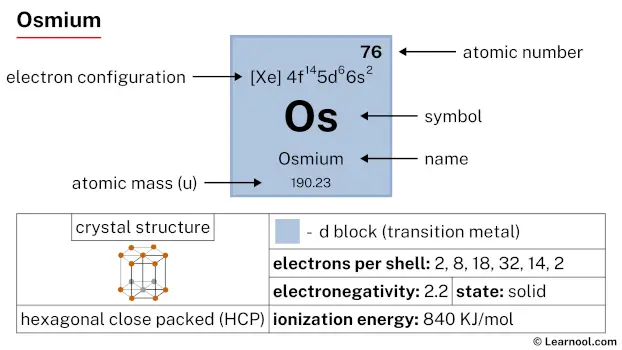 Osmium |
77 Ir 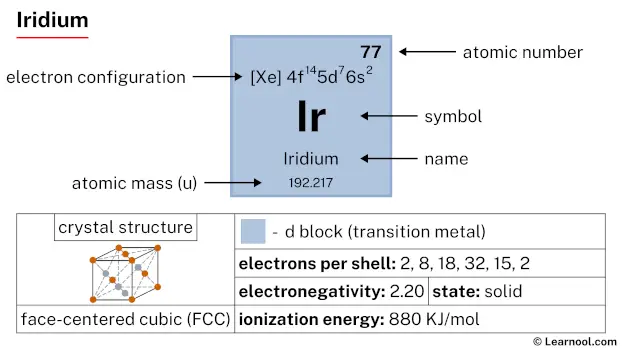 Iridium |
78 Pt  Platinum |
79 Au  Gold |
80 Hg 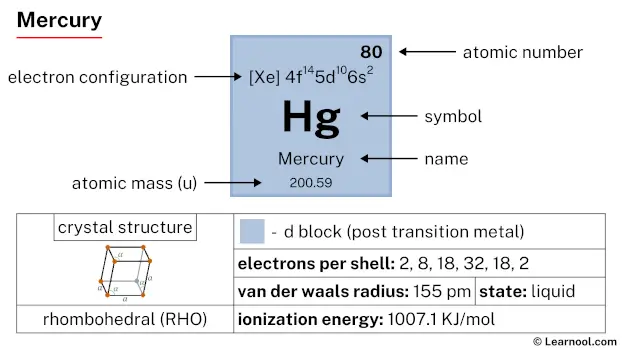 Mercury |
81 Tl 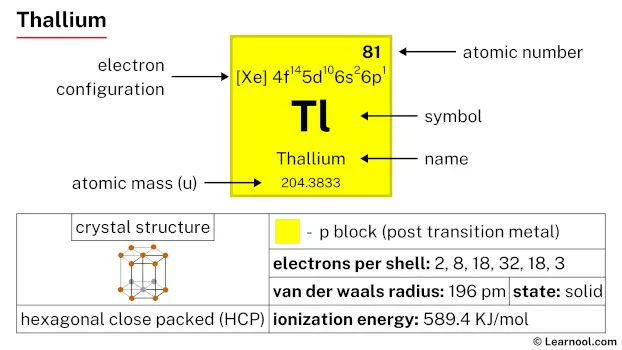 Thallium |
82 Pb  Lead |
83 Bi 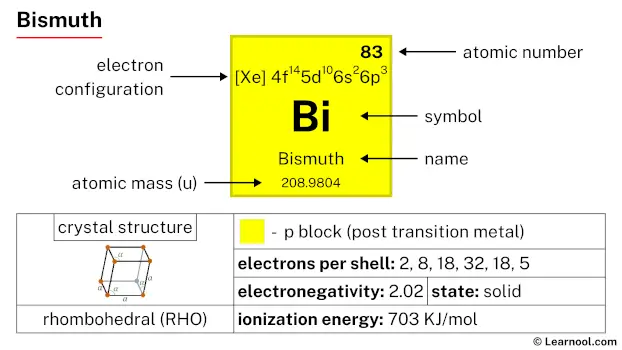 Bismuth |
84 Po 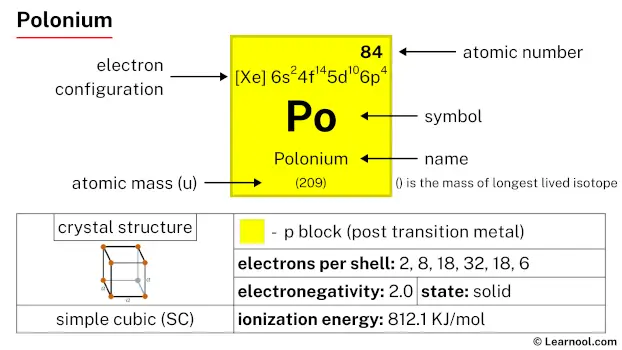 Polonium |
85 At 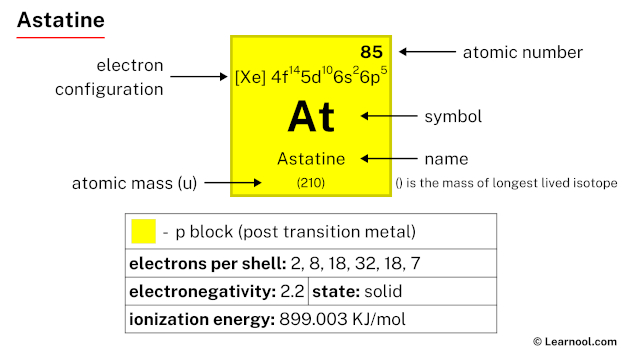 Astatine |
86 Rn 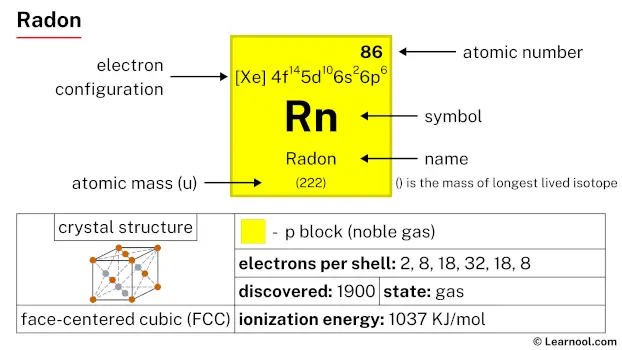 Radon |
||
| 7 | 87 Fr 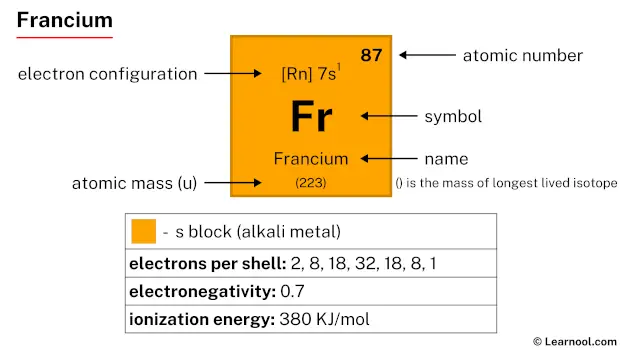 Francium |
88 Ra 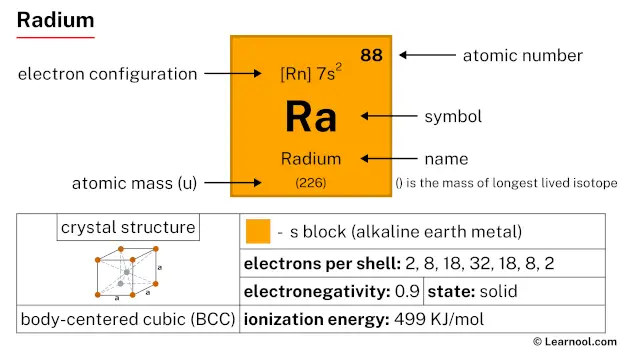 Radium |
104 Rf 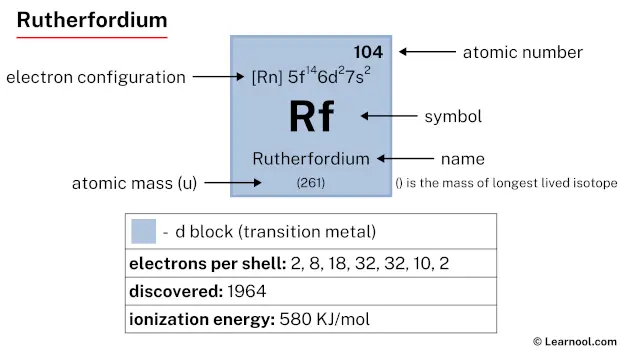 Rutherfordium |
105 Db 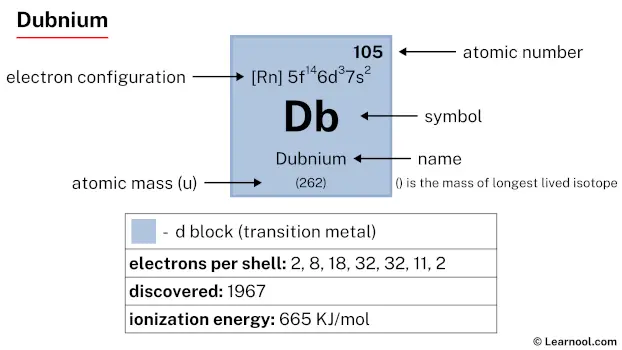 Dubnium |
106 Sg 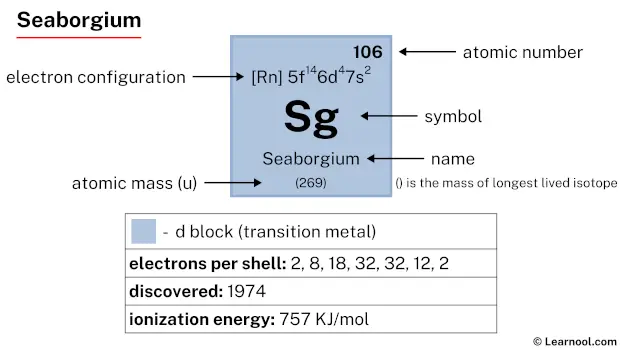 Seaborgium |
107 Bh 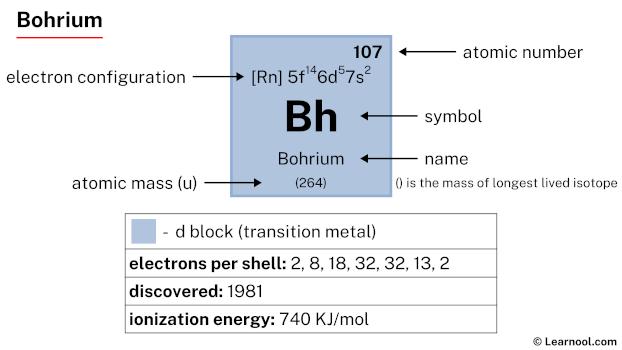 Bohrium |
108 Hs 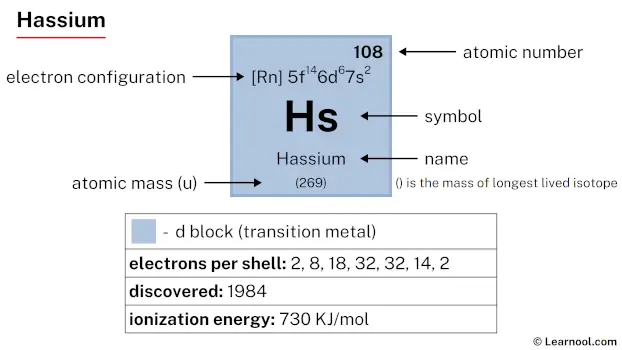 Hassium |
109 Mt 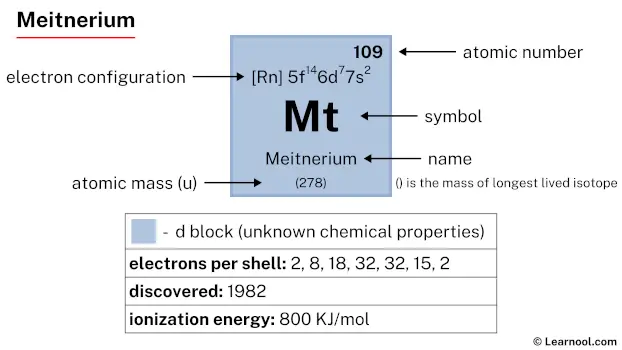 Meitnerium |
110 Ds 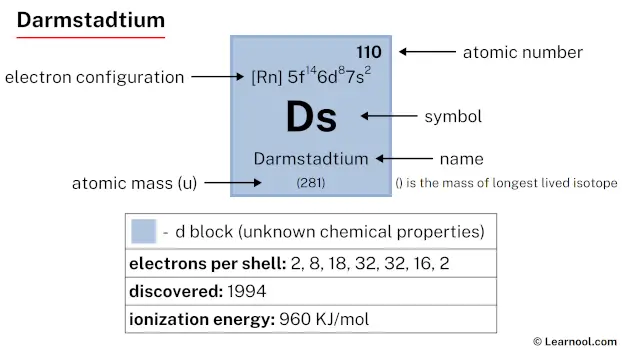 Darmstadtium |
111 Rg 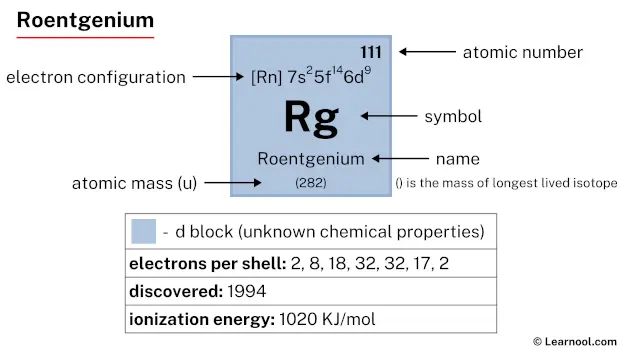 Roentgenium |
112 Cn  Copernicium |
113 Nh Nihonium |
114 Fl 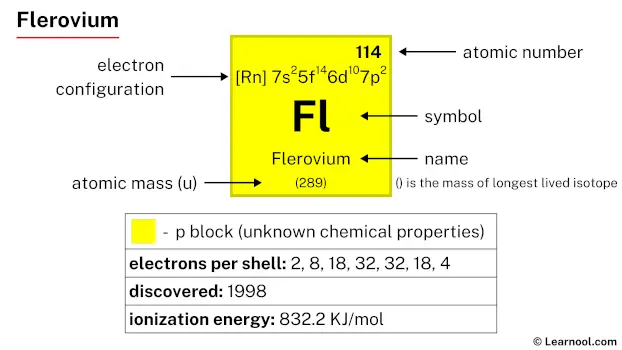 Flerovium |
115 Mc 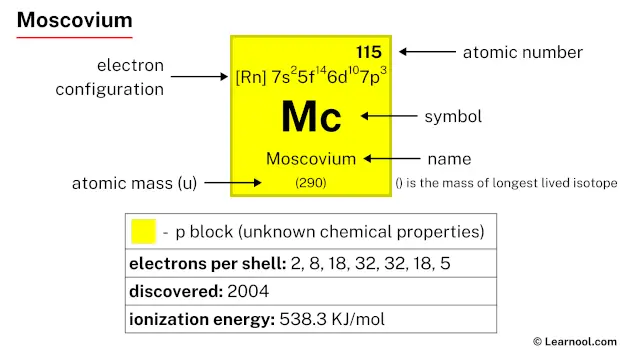 Moscovium |
116 Lv 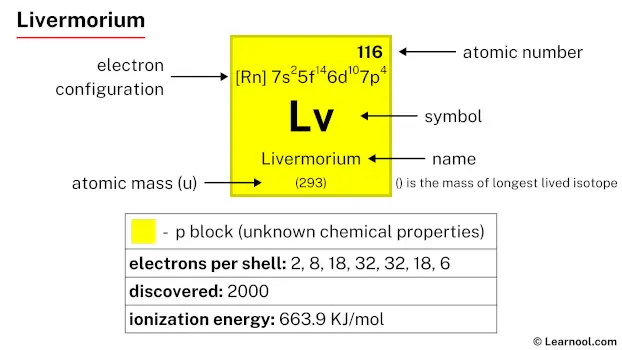 Livermorium |
117 Ts 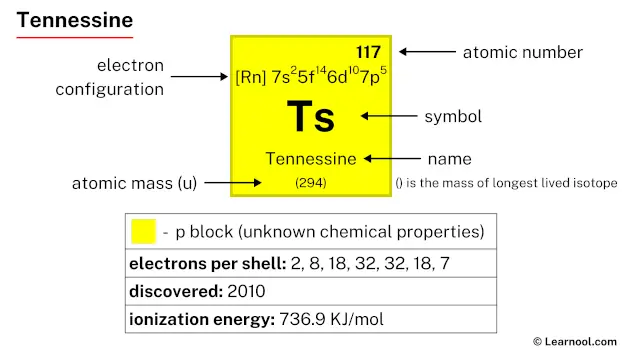 Tennessine |
118 Og 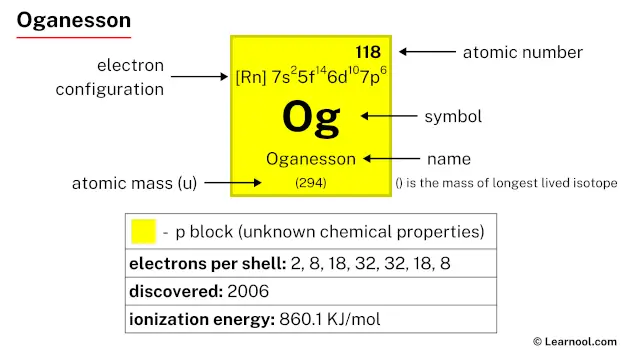 Oganesson |
||
| 57 La 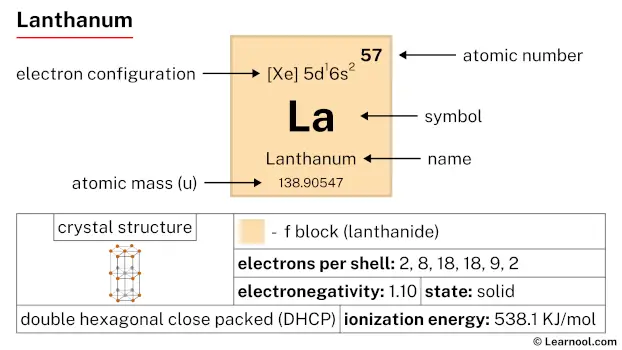 Lanthanum |
58 Ce 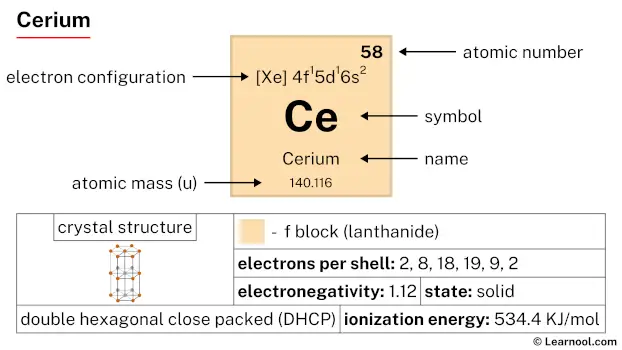 Cerium |
59 Pr 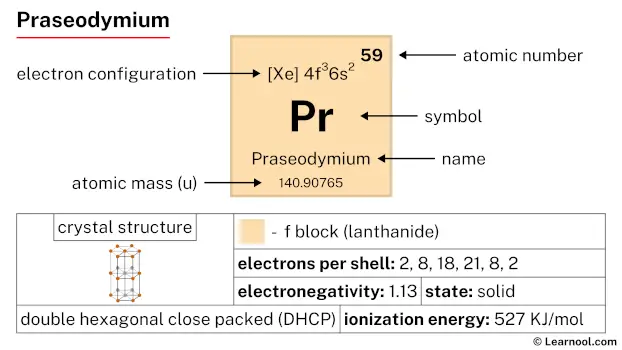 Praseodymium |
60 Nd 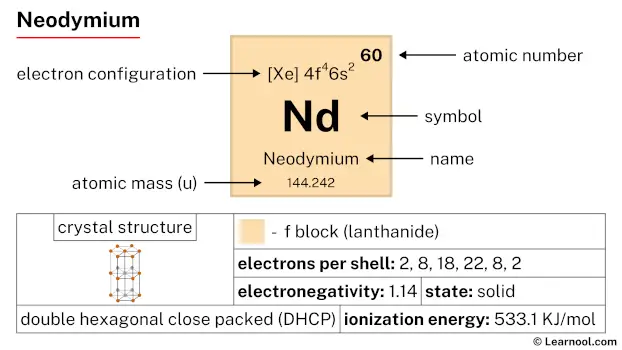 Neodymium |
61 Pm 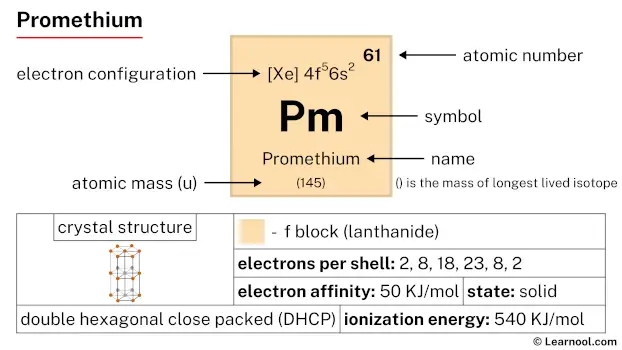 Promethium |
62 Sm 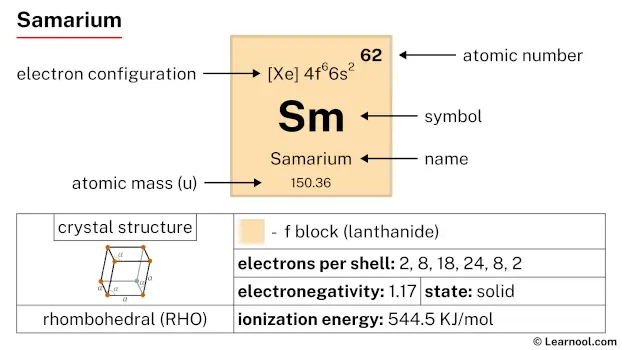 Samarium |
63 Eu 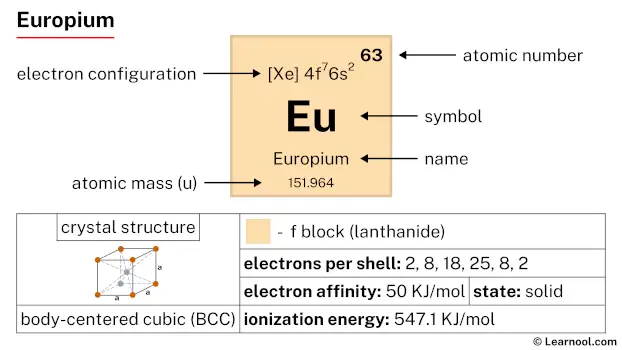 Europium |
64 Gd 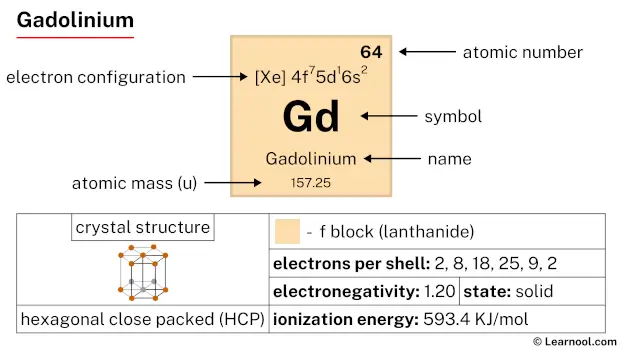 Gadolinium |
65 Tb 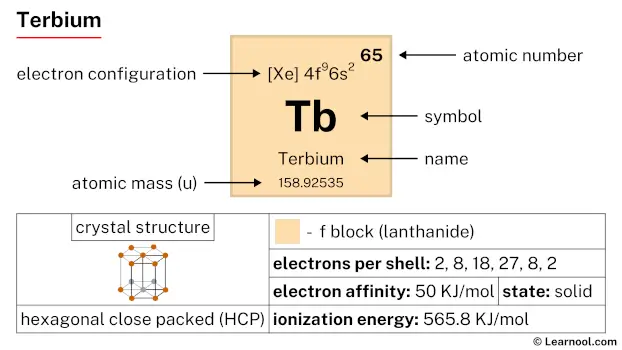 Terbium |
66 Dy 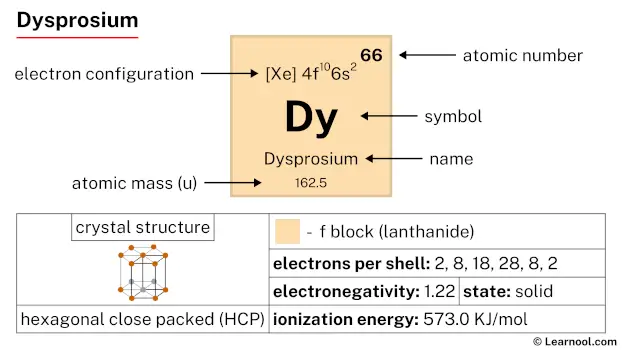 Dysprosium |
67 Ho 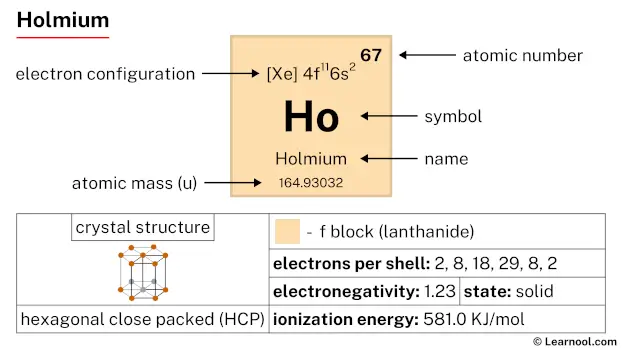 Holmium |
68 Er 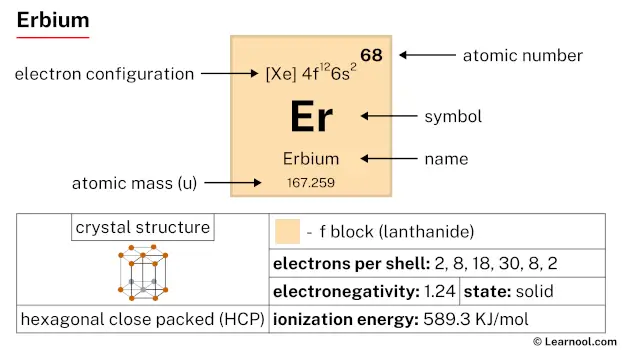 Erbium |
69 Tm 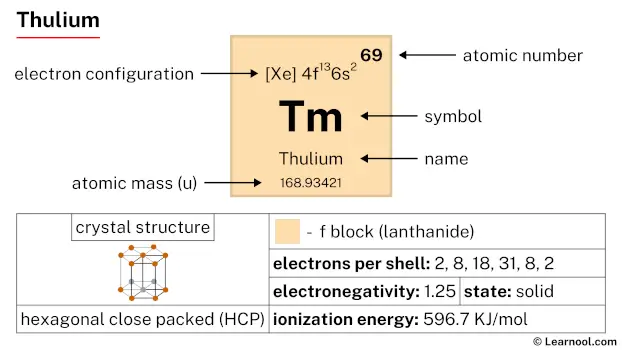 Thulium |
70 Yb 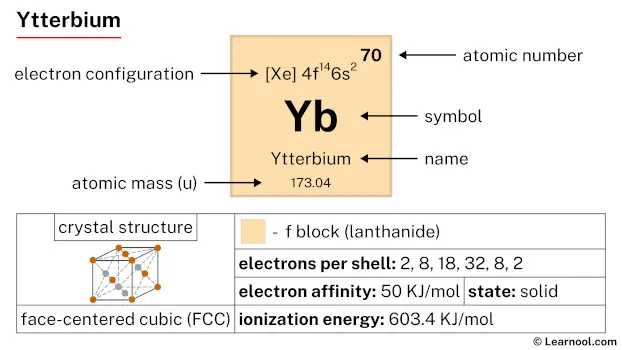 Ytterbium |
71 Lu 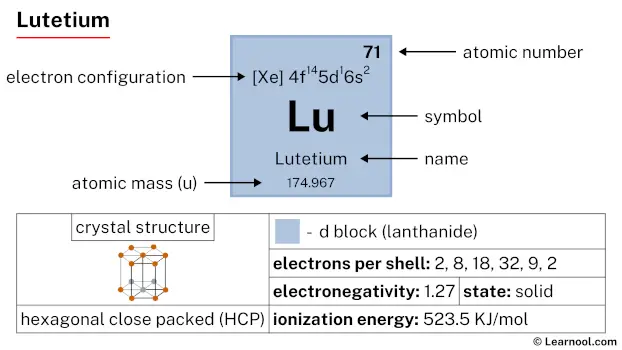 Lutetium |
|||||
| 89 Ac 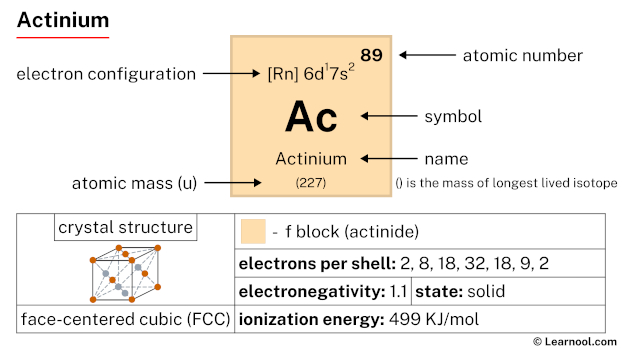 Actinium |
90 Th 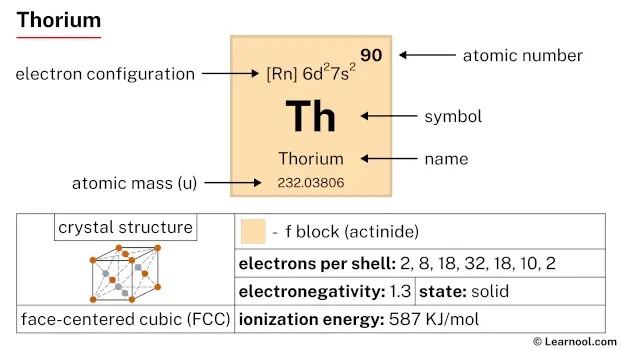 Thorium |
91 Pa 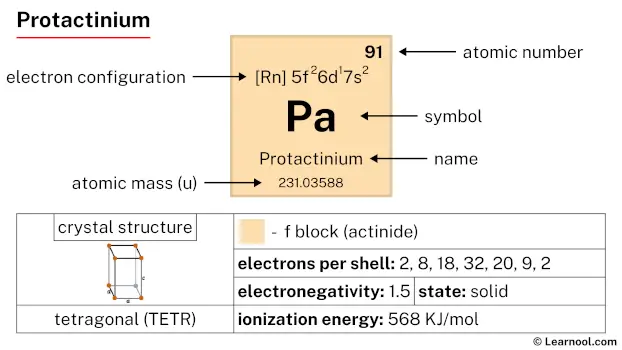 Protactinium |
92 U 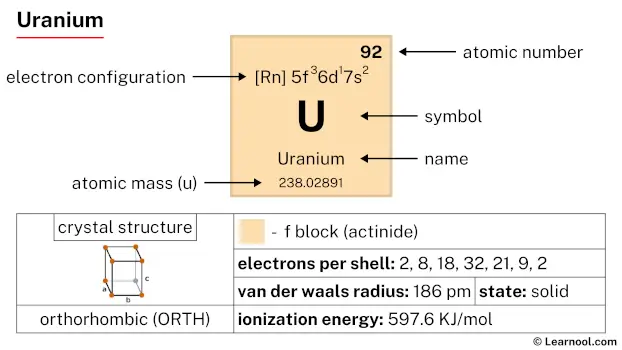 Uranium |
93 Np 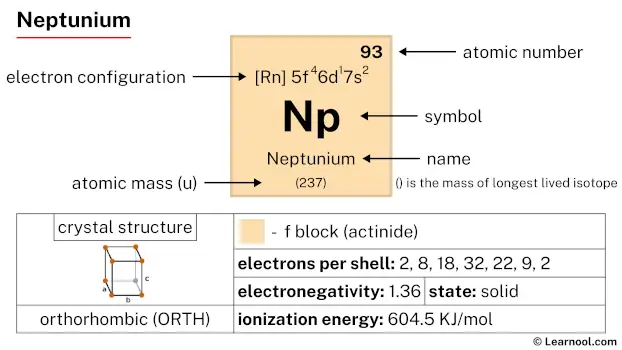 Neptunium |
94 Pu 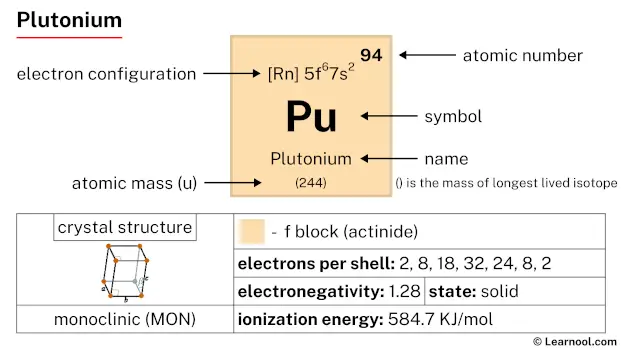 Plutonium |
95 Am  Americium |
96 Cm 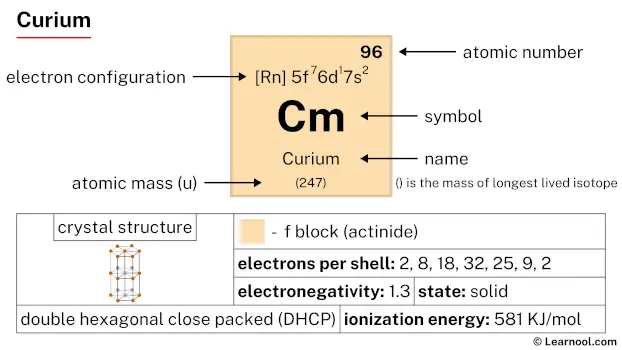 Curium |
97 Bk 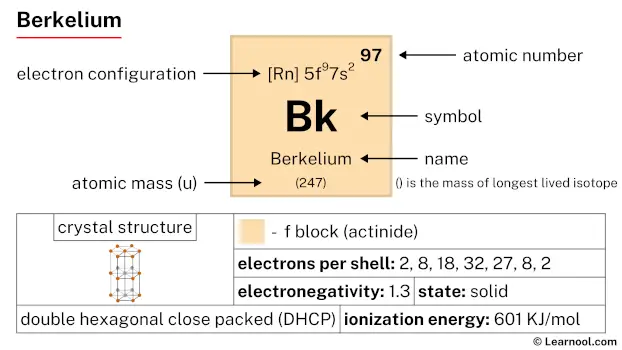 Berkelium |
98 Cf 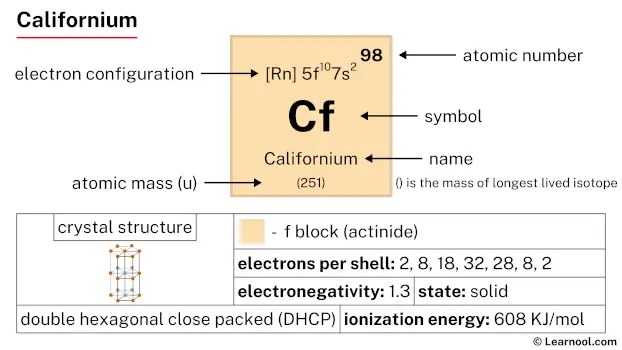 Californium |
99 Es 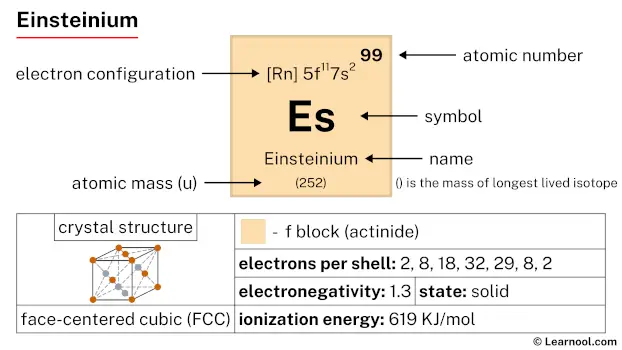 Einsteinium |
100 Fm 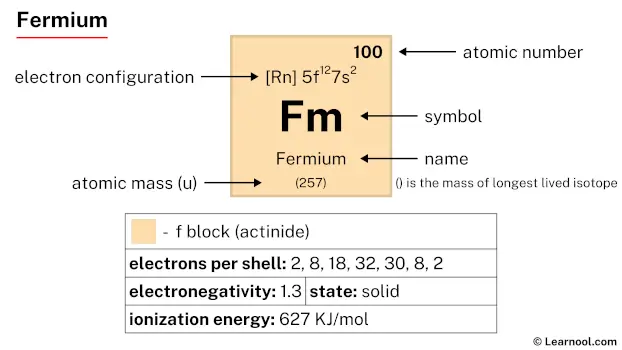 Fermium |
101 Md 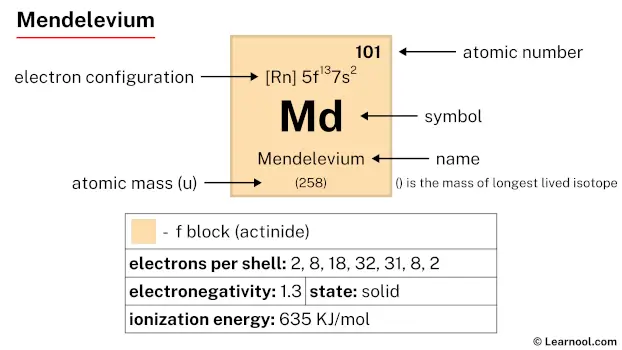 Mendelevium |
102 No 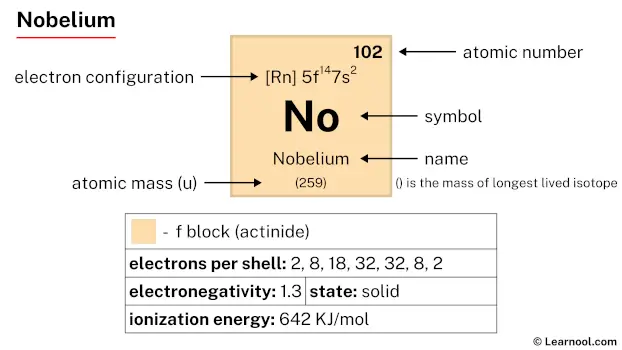 Nobelium |
103 Lr 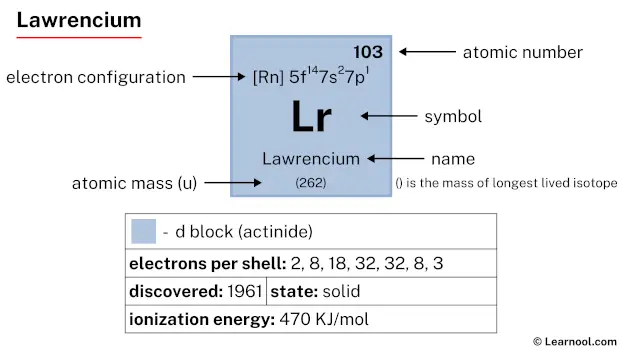 Lawrencium |
|||||
| – p block |
Nihonium is a p-block element, situated in the thirteenth column and the seventh row of the periodic table, denoted by the atomic number 113 and chemical symbol Nh.
Element information
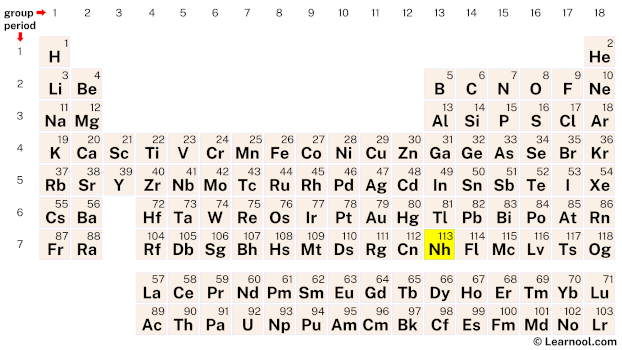 |
|
| Origin of name | name comes from word “nihon” (common Japanese name for Japan) |
| Symbol | Nh |
| Atomic number (Z) | 113 |
| Atomic mass | (286) |
| Block | p-block |
| Group | 13 (boron group) |
| Period | 7 |
| Classification | Unknown chemical properties |
| Atomic radius | 170 pm (predicted) |
| Covalent radius | 172-180 pm (extrapolated) |
| Melting point | 430 ℃, 810 ℉, 700 K (predicted) |
| Boiling point | 1130 ℃, 2070 ℉, 1430 K (predicted) |
| Electron configuration | [Rn] 5f14 6d10 7s2 7p1 (predicted) |
| Electrons per shell | 2, 8, 18, 32, 32, 18, 3 (predicted) |
| Crystal structure | Hexagonal close-packed (hcp) (predicted) |
| Phase at r.t | Solid (predicted) |
| Density near r.t | 16 g/cm3 (predicted) |
| Natural occurrence | Synthetic |
| Oxidation state | +1 (predicted), +3 (predicted) |
| Protons Neutrons Electrons |
113 173 113 |
| Valence electrons | 3 |
| CAS number | 54084-70-7 |
| Discovered at | Joint Institute of Nuclear Research (JINR) and Riken in 2003 and 2004 |
History
Nihonium was first synthesized in 2003 by a team of Russian and American scientists at the Joint Institute for Nuclear Research (JINR) in Dubna, Russia. The team bombarded americium-243 with calcium-48 ions to produce four atoms of nihonium-278. In 2004, a team of Japanese scientists at the Riken Nishina Center for Accelerator-Based Science in Wakō, Japan, also synthesized the element by bombarding bismuth-209 with zinc-70 ions. However, the results of both teams were not fully confirmed at that time.
Further experiments and independent confirmations by research groups in the United States, Germany, Sweden, and China were conducted to validate the creation of nihonium. In June 2006, the JINR-LLNL collaboration claimed to have synthesized a new isotope of element 113 directly by bombarding a neptunium-237 target with accelerated calcium-48 nuclei. In 2012, the same team reported further experiments that confirmed the synthesis of nihonium through the reaction of calcium-48 ions with an americium-243 target.
In 2015, the International Union of Pure and Applied Chemistry (IUPAC) and International Union of Pure and Applied Physics (IUPAP) Joint Working Party recognized the element and credited the discovery and naming rights to the Riken team. The Riken team proposed the name nihonium in 2016, which was accepted by IUPAC in the same year. The name is derived from the Japanese name for Japan (日本, nihon). The discovery of nihonium is considered a significant milestone in nuclear physics, providing further insights into the properties and behavior of heavy elements.
Occurrence and production
Nihonium is a synthetic element that is not found naturally on Earth. Therefore, it has no occurrence in the Earth’s crust or atmosphere.
Nihonium is a highly unstable element with a very short half-life, which makes it extremely difficult to produce and study. It has been synthesized in the laboratory using nuclear reactions involving heavy ions. The most common method of producing nihonium is through the fusion of two lighter nuclei, typically a heavy metal target and a lighter projectile. This method requires the use of a particle accelerator and is extremely challenging due to the instability and short half-life of nihonium.
The first successful synthesis of nihonium was reported in 2003 by a team of Russian and American scientists at the Joint Institute for Nuclear Research (JINR) in Dubna, Russia, and in 2004 by a team of Japanese scientists at Riken in Wakō, Japan. Since then, nihonium has been synthesized in various laboratories around the world.
Properties
Physical properties
Nihonium is a man-made element, and its appearance is not known.
It is expected to be solid at room temperature.
The melting point and boiling point of nihonium are not yet known.
Chemical properties
Nihonium belongs to the group 13 elements, which are also known as the boron group.
It is expected to have similar chemical properties to its group members, such as boron, aluminum, gallium, and indium.
Nuclear properties
Nihonium is a highly unstable element with a very short half-life.
Its most stable isotope, nihonium-286, has a half-life of only 10 seconds.
Nihonium is a member of the transactinide elements, which are characterized by their high atomic numbers and instability.
Other properties
The chemical and physical properties of nihonium are not yet fully known, and further research is needed to better understand its properties and behavior.
Due to its short half-life and limited availability, there are currently no practical applications for nihonium.
Applications
Nihonium is a highly unstable and synthetic element, and its applications are currently limited to scientific research. Here are some potential applications of nihonium:
Fundamental research
As a newly discovered element, nihonium provides a unique opportunity for scientists to study the properties of superheavy elements and their behavior in various chemical and physical conditions.
Understanding nuclear physics
The synthesis and decay of nihonium and its isotopes can help to advance our understanding of nuclear physics, including nuclear fission and fusion, and the stability of superheavy elements.
Material science
Nihonium’ high atomic number and unique electronic configuration make it an interesting element for studying the behavior of electrons in heavy atoms. This knowledge could be applied in developing new materials and technologies.
Particle physics
The production and study of nihonium can contribute to the development of particle accelerators and other advanced technologies in the field of particle physics.
Interesting facts
Nihonium was named after the Japanese word “Nihon,” which means Japan, as it was discovered by a team of Japanese scientists at the Riken laboratory in Japan.
The discovery of Nihonium was announced in 2003, but it wasn’t officially recognized until 2016 by the International Union of Pure and Applied Chemistry (IUPAC).
Nihonium is an artificially produced element and has a very short half-life, which means it is highly unstable and quickly decays into other elements.
The atomic number of Nihonium is 113, making it one of the heaviest elements on the periodic table.
The discovery of Nihonium was a collaborative effort between teams of scientists from Japan, Russia, and the United States, with the Japanese team synthesizing and observing the element, and the Russian team confirming its discovery.
Nihonium is classified as an unknown chemical property and is expected to have similar properties to other group 13 elements like boron, aluminum, and gallium.
Due to its short half-life and radioactive nature, there are currently no known practical applications of Nihonium. However, its discovery helps to further our understanding of the properties of heavy elements and the nature of nuclear reactions.
Related
More elements
External links
- https://en.wikipedia.org/wiki/Nihonium
- https://www.rsc.org/periodic-table/element/113/nihonium
- https://www.britannica.com/science/element-113
- https://www.livescience.com/41416-facts-about-ununtrium.html
- https://pubchem.ncbi.nlm.nih.gov/element/Nihonium
- https://www.chemicool.com/elements/nihonium.html
- https://education.jlab.org/itselemental/ele113.html
- https://www.thoughtco.com/ununtrium-facts-element-113-606492
Deep
Learnool.com was founded by Deep Rana, who is a mechanical engineer by profession and a blogger by passion. He has a good conceptual knowledge on different educational topics and he provides the same on this website. He loves to learn something new everyday and believes that the best utilization of free time is developing a new skill.
